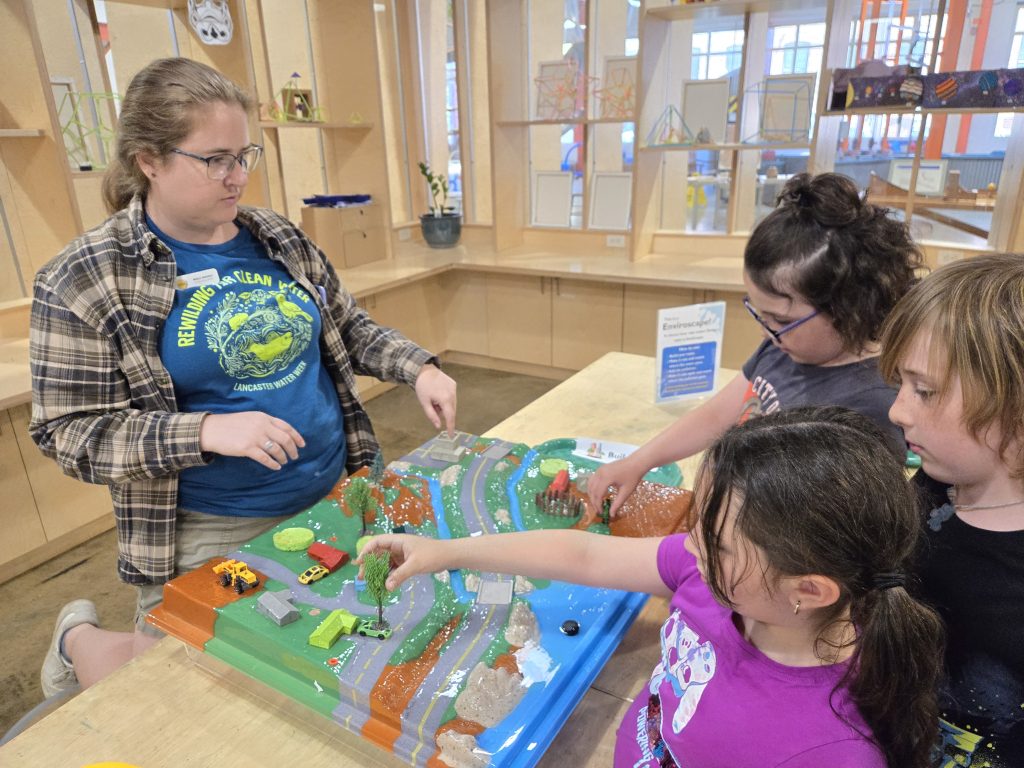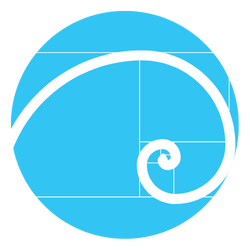Add a Workshop to Your Field Trip!
 Your students can explore more STEM topics by adding hands-on, standards-aligned workshops to your field trip.
Your students can explore more STEM topics by adding hands-on, standards-aligned workshops to your field trip.
We offer a wide variety of workshops for grades K-8, including structural engineering, robotics, force andmotion, and more!
Click here to download this workshop menu as a PDF
Choose a workshop based on your schedule needs! Longer workshops will include additional experiments, hands-on activities, and discussion for better understanding of key concepts.
- 25 minutes – $75
- 45 minutes – $135
- 60 minutes – $175
 Robotics (Grades K – 8)
Robotics (Grades K – 8)
Students will use grade level-appropriate bots to explore how sensors, code, and design choices influence behavior. Grades K-2 will use BeeBots. Grades 3 and above will use Edison Bots. Students will tackle robotics challenges drawn from real jobs around Lancaster County. They will collect sample data and iterate like real engineers.
Key Standards Include:
- 3.5.K-2.A Demonstrate essential design-process skills (build–test–revise).
- 3.5.K-2.M3.5.K-2.X Develop a plan in order to complete a task.
- 3.5.3-5.C Follow multi-step directions to complete a technological task (write, download, and run code).
- 3.5.3-5.U Evaluate designs with data (compare trials/versions against the goal).
- 3.5.6-8.B Gather and interpret performance data (times, success rates) to inform iteration.
 Exploring Space (Grades K – 5)
Exploring Space (Grades K – 5)
Students investigate the night sky with Stellarium, observe how constellations are patterns humans use to navigate the stars, and see how the sky appears locally in Lancaster County. Then they’ll design and share their own constellation creations.
Key Standards Include:
- 3.3.1.A Use observations of the sun, moon, and stars to describe patterns that can be predicted.
 Create Art with Science (Grades K – 5)
Create Art with Science (Grades K – 5)
Students will investigate color through watercolor mixing, salt-absorption texture experiments, and light/shadow engineering. Students learn how pigment colors mix, how salt changes watercolor surfaces, and how colored light combines differently than paint—then synthesize their learning in a final gallery showcase.
Key Standards Include:
- 3.2.5.C – Structure and Properties of Matter –Make observations and measurements to identify materials based on their properties.
 Force and Motion (Grades 3 – 8)
Force and Motion (Grades 3 – 8)
Students explore Newton’s 3 laws with quick, concrete examples and then run hands-on investigations to see equal-and-opposite forces. Our visual aids will provide student-friendly definitions, everyday examples, and the core formulas.
Key Standards Include:
- 3.2.3.B – Forces & Motion Plan and conduct an investigation to provide evidence of the effects of balanced and unbalanced forces on the motion of an object.
 Structural Engineering (Grades 3 – 8)
Structural Engineering (Grades 3 – 8)
Students will become structural engineers! They’ll be introduced to different types of bridges and how engineers have designed bridges for specific functions. Working in teams, they’ll use their knowledge to investigate why triangles make structures strong and how to design for loads and spans.
Key Standards Include:
- 3.5.6-8.T Create solutions to problems by identifying and applying human factors in design.
- 3.5.3-5.U Evaluate designs based on criteria, constraints, and standards.
Wind Car (Grades 3 – 8)
Students will use a variety of tools and materials to design and construct a sail car that harnesses the power of the wind. Activities based on grade level may include testing and changing their design, speed competitions, or races.
Key Standards Include:
- 3.5.3-5.I Design solutions by safely using tools, materials, and skills.
- 3.5.3-5.M Demonstrate essential skills of the engineering design process. 3.5.3-5.Q Practice successful design skills.
 Under Pressure (Grades 3 – 8)
Under Pressure (Grades 3 – 8)
Demystify the science of our very own Tennis Ball Launcher exhibit! Students will model the chain reaction of energy from compressed air to motion using student-built miniature air launchers.
Key Standards Include:
- 3.2.3.A Make and communicate observations and/or measurements of an object’s motion to provide evidence that a pattern can be used to predict future motion.
- 3.2.4.A Use evidence to construct an explanation relating the speed of an object to the energy of that object.
- 3.2.5.F Support an argument that the gravitational force exerted by Earth on objects is directed down.
- 3.2.6-8.P Develop a model to describe that when the arrangement of objects interacting at a distance changes, different amounts of potential energy are stored in the system.

